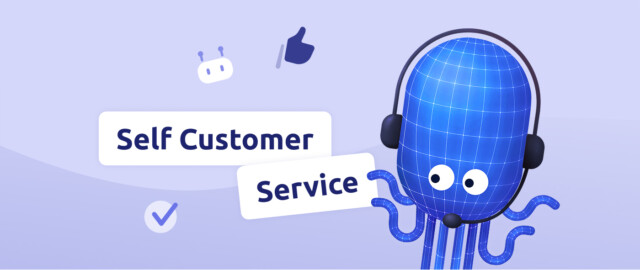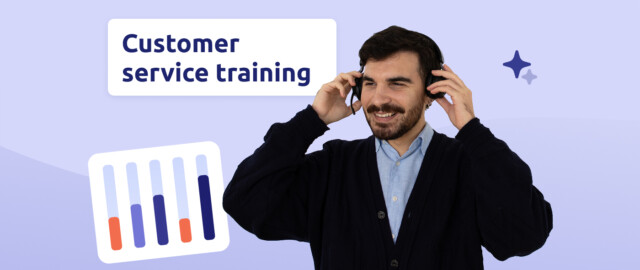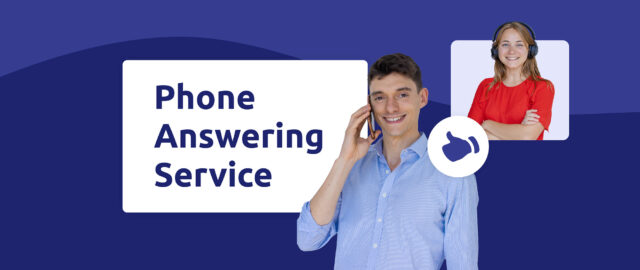60 seconds that make the difference, or not…
If 55% of customers continue to use their phone to contact your customer service department, it is because they feel it is the fastest and most “natural” way to get the information or answer they need, by speaking with a human being. Put yourself in their shoes: they don’t do it for fun. They do it out of necessity and, as a previous edition of the Customer Service Observatory has shown, often by apprehending unpleasant scenarios they have already experienced, with your customer service department or another one:
- dialling a number where no one picks up or that rings busy (yes, it sounds incredible, but it still happens!)
- being forced to navigate through endless IVR menus
- having to “wait” online for an indeterminate amount of time, which always seems too long
- being told, after waiting several minutes, “Sorry, all our counsellors are busy right now. Thank you for renewing your call”
- and then stumble upon someone who is unable to give them information or solve their problem
If you are able to avoid this inconvenience to your customers, they will feel much less like waiting. Yes, waiting time is a subjective notion (well, to a certain extent…). Above all, by eliminating these irritants from their path, you can score key points for your company/brand. You can prove to your customers the consideration you have for them and, by doing so, you increase their esteem. Your reputation is enhanced and so is their satisfaction.
To make a difference, it is not enough to answer 80% or even 100% of calls in less than 60 seconds, you have to be sure you are on top of the game! Easier said than done? Not if you get it right. We’ll explain it to you.
You already have the magic weapon! Use it!
Yes, you’ve got the magic weapon at your fingertips to pick up the phone and connect your customers to the right agent in less than 60 seconds: you’ve got data. And among this data, a precious information: your customers’ phone numbers.
You can’t imagine how much you can do with this information alone:
- immediate caller ID
- route the call directly to this or that advisor based on their status, language, type of product they have, or any other criteria in one of your databases;
- automatically transfer the customer’s file to the workstation of the agent handling the call so that he or she has all the necessary information;
- call him back if your call management system tells you that he has tried to reach you 2 or more times in the last hour or half hour
All of the above speeds up the relationship and reduces the sense of expectation. Of course, all this assumes that you have enough agents to absorb the incoming flow. But if you have an incoming call management system worthy of the name, the analysis of your past activity data should enable you to make increasingly reliable load forecasts and therefore adjust your staffing levels accordingly.
But that’s not all! You can also use caller ID to minimise the ‘psychological’ impact of the extraordinary tool that IVR can and should be. It is entirely possible, for example, to :
- offer the person recognised to direct them directly to the selected service during their last call(s);
- offer to call the person back at the beginning of the IVR journey in a given time slot if the estimated overall waiting time is greater than x minutes;
- Create priority customer groups (for example, those with a flight scheduled in less than 48 hours if you are an airline; those who have been hospitalized in the past month if you are a health insurance company).
Callers belonging to this group will be recognized by their number and automatically engaged in a specific IVR scenario.
Curious to know more about Diabolocom?



